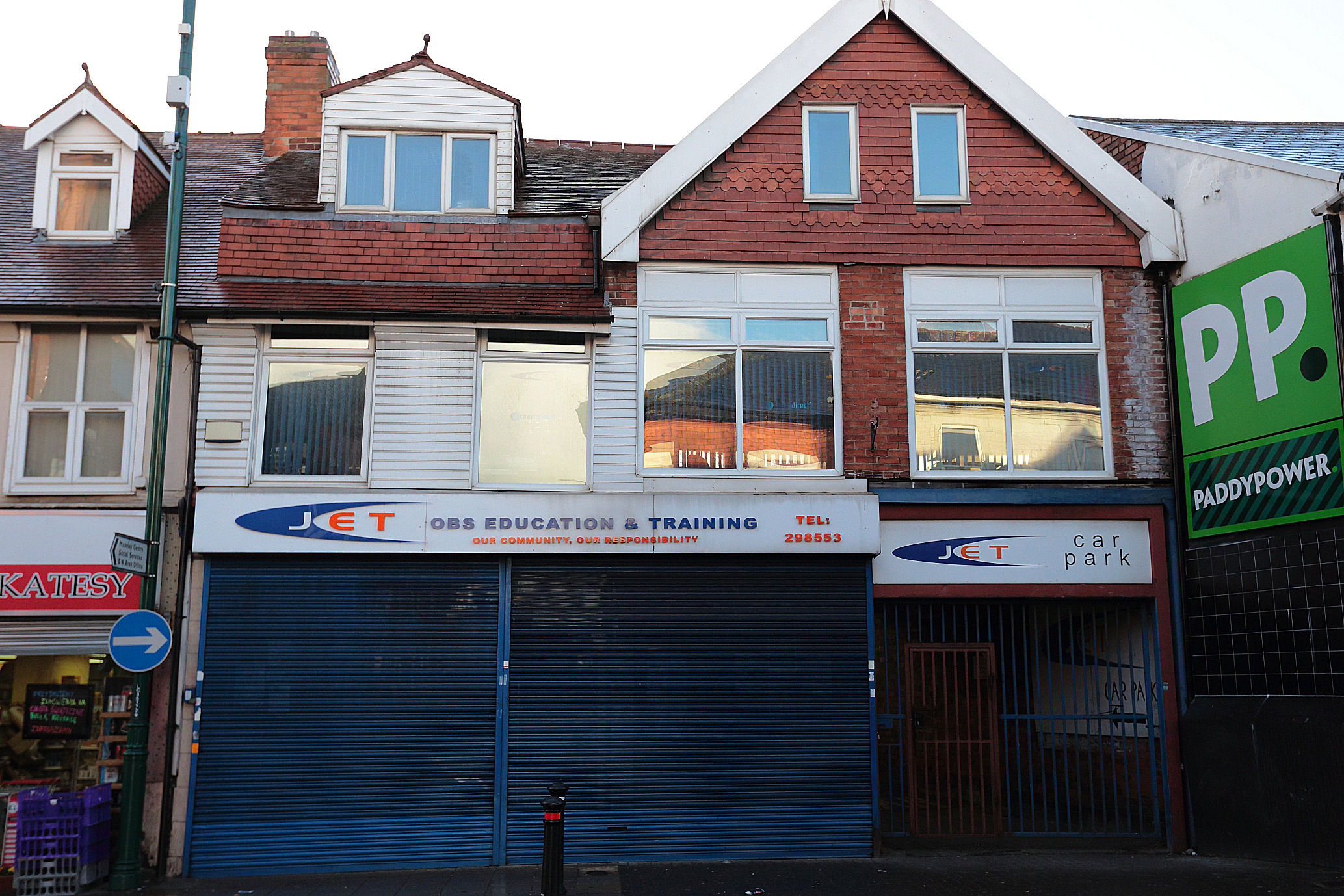In the current financal year ( 2023/24), Derby City Council plans on taking 1 in 5 of the City’s households to Court for non-payment of Council Tax. This is around a 40% increase on the previous 2 years.
The Council will spend £1.65m on administering the summonses including £115k on paper and postage alone. These costs will be recovered back from each household subject to a summons – at the rate of £82.50 each.
Around 90% of the summonses result in a Liability Order and then around 50-60% of those get passed to a debt enforcement agency. In 2022/23, the Council sent 8595 cases to a debt enforcement agency with a value of £8.7m – the agency has recovered ( by Sep 23) £1.8m with the Council recovering £0.45m of the agency’s fees.
The level of Council Tax arrears has increased over time. This is in the context of the level of requests for special repayment plans being lower than the historical level.
The % of households not paying Council Tax is heavily skewed between wards:
- Greater than 25% – Alvaston, Abbey, Normanton and Arboretum (45%)
- Less than 10% – Chellaston, Littleover, Mickleover, Oakwood, Spondon, and Allestree (3%).
There are real barriers to getting help, for those who are most in need.
- Claiming Council Tax support requires the completion of a lengthy, and sometimes ambiguous, on-line form which is prone to crashing at the point of submission. The process could be a lot simpler for those whose income is confined to the benefits system. The documentation that the Council issues to award CT support is impenetrable for a non-expert reader.
- Making a payment arrangement either requires a call between 9and 12pm ( there is no service in the afternoon) or registering for “My Account” on the Council’s website.
When the Council sets its Budget it assumes that not all Tax will be collected. In 2016/17 the collection rate was 98.5% – this has now reduced to 97.2% for the 2023/24 financial year. This compares with 96% for the whole of England. In Derby, a 1% reduction in the collection rate, is around £1m less income for the Council.
The unpaid Council Tax debt at 31 March is recorded in the Council’s Balance Sheet. The total debt is discounted down to reflect those amounts that the Council considers will never be paid – the net figure is considered recoverable, at some point, by a payment plan. In 2018 the recoverable debt in the balance sheet was 8.5% of the total Council tax due; by 2023 this had risen to 12%.
Comment
20,000 households being subject to a court summons is a statistc of great concern.
The process after non-payment of Council Tax starts with reminder letters then, court summons, followed, potentially, by liability orders, enforcement agents ( bailiffs) – this could lead to charging orders/bankruptcy and prison. A harrowing experience for those who, genuinely, have a problem paying their Council Tax.
The Council is being overly optimistic in its financial planning. Using a collection rate over 1% higher than the national average, and much greater for comparable urban areas, serves only to “balance the budget” but it masks the real problem with the Council’s finances. Likewise, assuming that a greater proportion of those who have not paid their Council tax by the end of the year, will do so eventually, is unrealistic. Again, it is overstating the Council’s financial position; this loss will have to be recognised against reserves at some point.
The Council needs to collect the Council Tax – it is its lifeblood. Preparing to summons 20,000 households to court feels like the whole process has broken – there must be a better way!
Categories: Uncategorized












